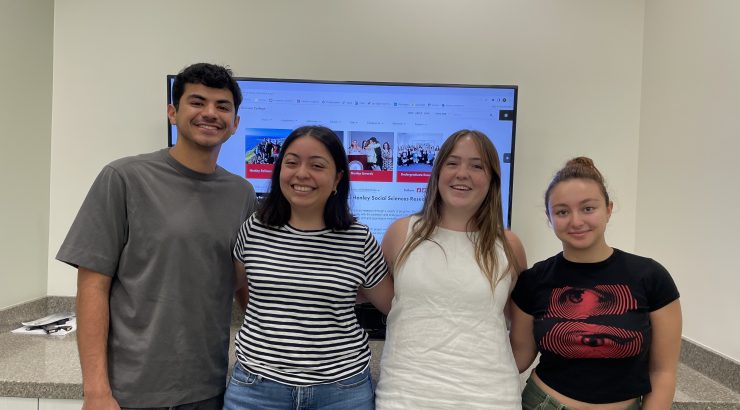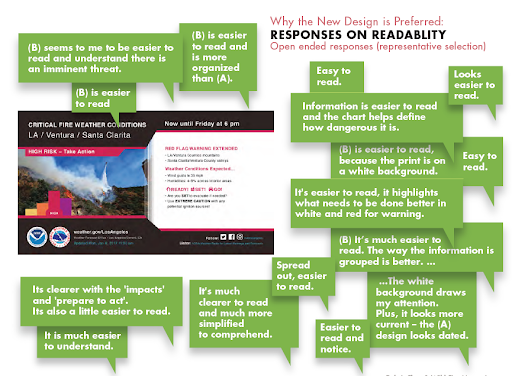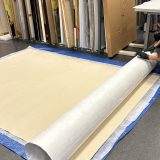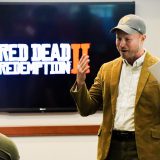
Disaster Preparedness Researcher Ann Gordon awarded a $15,568 NOAA Grant
September 25, 2023
Devastating wildfires are increasing in frequency across California and the Western Region of the United States, in large part due to climate change. Despite the best efforts of National Weather Service (NWS) offices, emergency managers, and local governments to educate the public, residents remain dangerously unprepared. Dr. Ann Gordon (Political Science) and Professor Eric Chimenti (Graphic Design) $15,568 grant from the University Corporation for Atmospheric Research (UCAR) and National Oceanic and Atmospheric Administration (NOAA), “Crafting Effective Public Safety Messages for Fire Weather Watches and Warnings with Maps,” addresses the urgent need for effective wildfire communications that can enhance the public’s preparedness and response.
The research team, which includes personnel from the National Weather Service offices in Los Angeles/Oxnard and San Diego and students from the Henley Social Science Research Laboratory and the Ideation Lab, will focus on NWS tweets regarding Red Flag Warnings and Fire Weather Watches, including those identified as particularly dangerous situations. This research aims to develop and rigorously test Red Flag Warning and Fire Weather Watch, and preparedness messages to clearly and effectively communicate with residents across the Western Region and determine the best way to present the information so that residents will understand and take action to protect themselves and their property.
The research team has already conducted a pilot study that led to better-designed messaging, and the design templates have been deployed in the NWS Western Region. In this project phase, the team seeks to expand their work to include optimizing the use of maps for increased clarity and to host a workshop that brings together NWS personnel and academics at Chapman University for a hands-on workshop in message design and discussions of best practices in communicating with the public.
“It’s amazing to collaborate with the National Weather Service. The opportunity to gain experience and utilize our research skills from the Henley Lab is very exciting. At the same time, our work will save lives and better protect our community,” said Mateo Guerrero ’24.
 The project employs advances in visual communication research and fear psychology that have proven successful in simplifying information so that messages are memorable, easy to comprehend, and more likely to be acted upon by the public. Ultimately, this project will promote clear communication between NWS offices and the communities they serve. Clear communication and messaging then help enhance the community’s understanding of the threat and improve their response to protect lives and property.
The project employs advances in visual communication research and fear psychology that have proven successful in simplifying information so that messages are memorable, easy to comprehend, and more likely to be acted upon by the public. Ultimately, this project will promote clear communication between NWS offices and the communities they serve. Clear communication and messaging then help enhance the community’s understanding of the threat and improve their response to protect lives and property.
“It feels great to have the opportunity to collaborate with the National Weather Service. Just the idea of being able to help communities and having the chance to change futures makes me feel like I’m making a difference. As more natural disasters occur, we need all the resources we could get. I feel honored to be part of this amazing project,” said Mariana Juarez ’24.
Gordon and Chimenti found that the current messages and designs include the most relevant information and communication is clear; however, lack of uniformity hinders efficacy. The new designs work to explicitly tell the public what they could do and how the recommended action would matter in keeping themselves and their property safe. This graphic is a representative selection of open-ended responses on why the new design is preferred in terms to readability.
(Pictured in header: Mateo Guerrero ’24, Mariana Juarez ’24, Madeline Southern ’26, Talar Kazanjian ’24)

